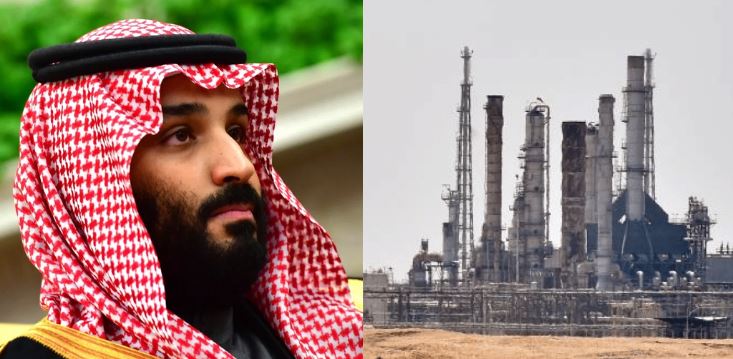For decades, we have lived in an oil deficient world with the buyers being at the mercy of sellers. The per barrel oil prices remained above 100 dollars per barrel for many years even after the financial crisis of 2008-09. However, in the second half of 2010, the market dynamics changed completely and we now live in an oil surplus world (thanks to shale production in the United States) where the producers are offering heavy discounts to countries like India, the third-largest consumer of oil in the world. But, countries like Saudi Arabia, are still used to the old ways.
Saudi Arabia does not want the market dynamics to change and is trying to bring back good old times by massive production cuts. The production cut has led to a rise in the oil prices, and this has led to India government protesting against producers like Saudi Arabia.
Amid the escalation in the standoff, the Indian government has told the Indian oil refiners to diversity their sources. Saudi Arabia has already slipped to the fourth spot after Iraq, the United States, and Nigeria. The current standoff would lead to Indian oil producers further cornering the Saudi Arabian companies to source crude.
The Indian government has told the state-owned oil companies – Indian Oil Corporation (IOC), Bharat Petroleum Corporation Ltd (BPCL), and Hindustan Petroleum Corporation Ltd (HPCL) – to look outside the Middle East to source crude. “Traditionally, Saudi Arabia and other OPEC producers have been our mainstay suppliers of crude oil. But their terms have often been loaded against the buyer,” said an official familiar with the decision.
The terms of the purchase contract are very rigid in terms of pricing, and the Indian refiners are often forced to pay higher prices even when countries like Saudi Arabia artificially push the prices by production cuts.
“While buyers have an obligation to lift all of the contracted quantity, Saudi and other producers have the option to reduce supplies in case OPEC decides to keep production artificially lower to boost prices. Why should the consumer have to pay for decisions of OPEC? If we commit to offtake, they should also supply no matter what,” added the official.
The oil prices started moderating in June 2014, a few weeks after the Modi government came to power for the first time. There were various factors behind price moderation- some short and some long run. The long-run factors like- exponential growth of the shale industry in the United States, shifting of clean and renewable energy in Europe, and focus towards harnessing wind and solar energy in China and India – the largest and third-largest importer of oil – have all contributed to permanent softening of the prices. In the last seven years, the price never crossed the benchmark of 100 dollars per barrel.
The Arab world countries like Saudi Arabia, Iraq, and UAE are competing with the United States, Venezuela, and African countries to sell more oil to India. In an oil surplus world, India has plenty of options to go for oil purchase but the Arab countries chose to irk the third-largest importer of oil.
In an oil surplus world where the prices are benign, India has started to diversify its supply chain and now imports more oil from Nigeria, Venezuela, and the United States. Saudi Arabia is set to lose a big market by irking India, and soon its oil would have a few buyers in the country.

